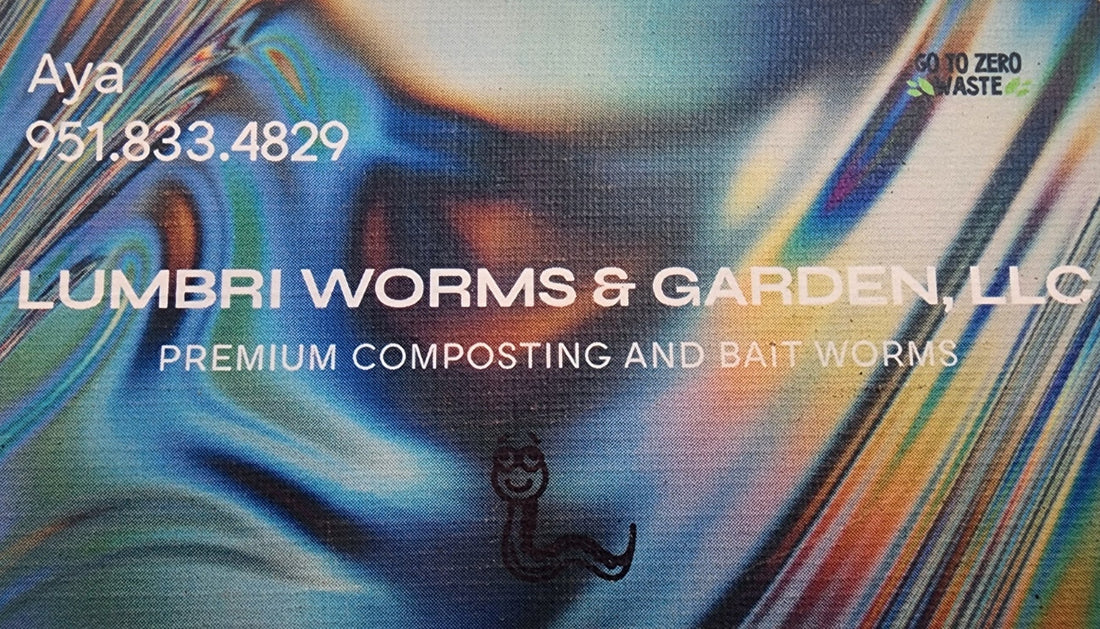
Preparing Worm Farm For Cold Weather - Lumbri Worms & Garden, LLC
Share
As the temperatures drop and winter approaches, it's essential to prepare your worm farm for the cold weather ahead. Proper preparation will ensure the health and well-being of your worms during the winter months. Here are some expert tips to help you optimize your worm farm for the colder season.
Preparing your worm farm for frigid temperatures is essential to ensure your worms survive and stay productive. Here are steps you can take to protect them:
1. Relocate the Worm Bin
- Move Indoors: If possible, bring your worm bin indoors to a basement, garage, or another sheltered area where temperatures stay above freezing.
- Keep in a Heated Area: Ensure the space maintains temperatures between 55°F and 77°F (13°C and 25°C), the ideal range for worms.
2. Insulate the Bin
- Add Insulation: Wrap the bin in blankets, bubble wrap, or insulation material to retain heat.
- Surround With Straw: Place the bin in a larger container filled with straw, shredded paper, or hay to create a thermal barrier.
- Build a Wind Barrier: If the bin must remain outdoors, shield it from the wind using wood, tarps, or other materials.
3. Generate Heat
- Hot Water Bottles: Place warm (not hot) water bottles in the bin's surroundings. Replace them as needed.
- Composting Heat: Add layers of fresh compost to one side of the bin, as compost generates heat when decomposing.
- Heat Cables: Use low-wattage heat cables or seedling mats underneath or near the bin (but not directly in contact with the worms).
4. Adjust Feeding
- Feed Less: Worms eat less in colder weather, so reduce food input to prevent rotting and attracting pests.
- Avoid Overwatering: The bin should remain moist, but excess water can freeze and harm the worms.
5. Create a Deep Bedding
- Layer Up: Add several inches of bedding (shredded paper, coconut coir, or leaves) to help insulate the worms.
- Let Them Burrow: Worms instinctively move deeper into the bedding to escape cold temperatures.
6. Emergency Steps
- Harvest Castings: If freezing seems inevitable, harvest as much castings as you can to preserve your hard work.
- Move Worms: Relocate your worms to a smaller, more manageable indoor bin.
7. Long-Term Options
- Install a Greenhouse: Place the worm farm in a greenhouse for natural warmth.
- Build an Underground Worm Bin: Subterranean bins are naturally insulated by the earth.
By following these expert tips, you can ensure that your worm farm is well-prepared for the cold weather ahead. Taking the time to properly insulate, monitor, and adjust your worm farm will help your worms thrive throughout the winter months.
